Top UI/UX Design Works for Inspiration
Best Designs
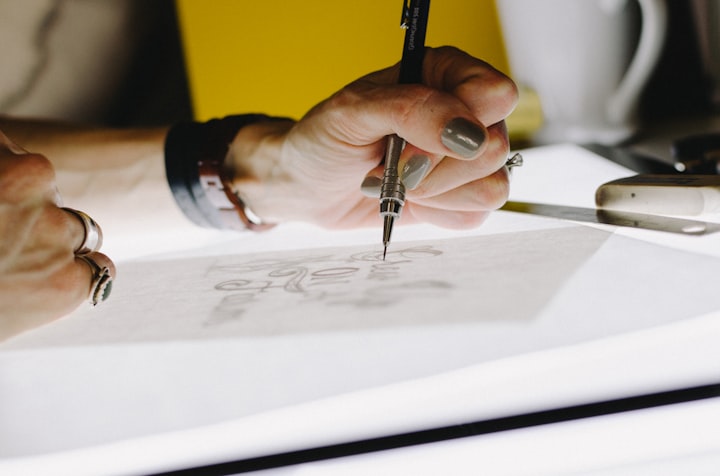
Every day most digital designers look for inspiration on sources like Dribbble. In a large stream of the works, it is very easy to miss some quality shots with small number likes.
We decided to change that and every week showcase some of the recent cool shots of young designers who didn’t get much attention of the community. Here they are:
EVENT IOS MOBILE APP ANIMATION
👨🎨 Taras Migulko

ONBOARDING ANIMATION
👨🎨 ++hellohello

PLAYER APP UI CONCEPT
👨🎨 Anton Skvortsov

FURNITURE SHOPPING — AR VIEW
👨🎨 Saptarshi Prakash

CRYPTO INVEST APP — TRANSACTIONS HISTORY ANIMATIONS
👨🎨 Michael Glazyrin

DRESS COLLOCATION APP
👨🎨 YanBin Tan
👥 IronSketch

RADARIO — FLIGHT SEARCH
👨🎨 Vadim Petrushker
👥 Radario

LOADING
👨🎨 Moli_xEs
👥 Top Pick Studio
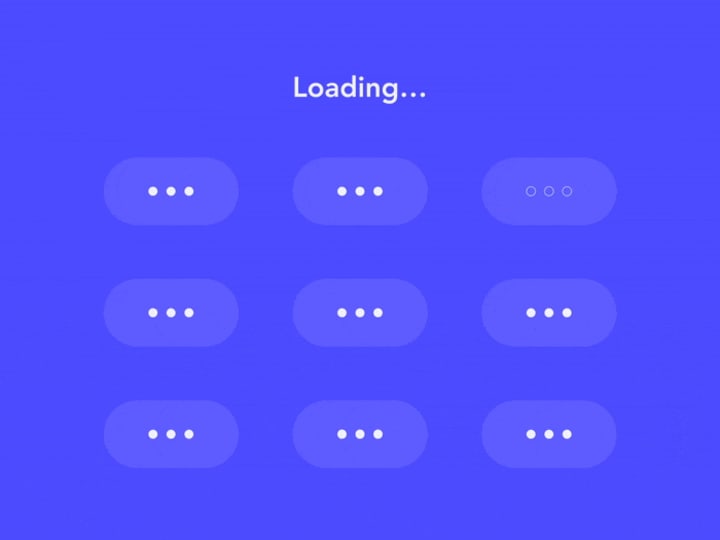
RECIPE APP
👨🎨 Purrweb UX 🦄

VR SWITCH
👨🎨 Oleg Frolov
👥 AR / VR

TRAVEL BLOG
👨🎨 The Glyph
👥 Web design

KALLI UI KIT
👨🎨 UI8
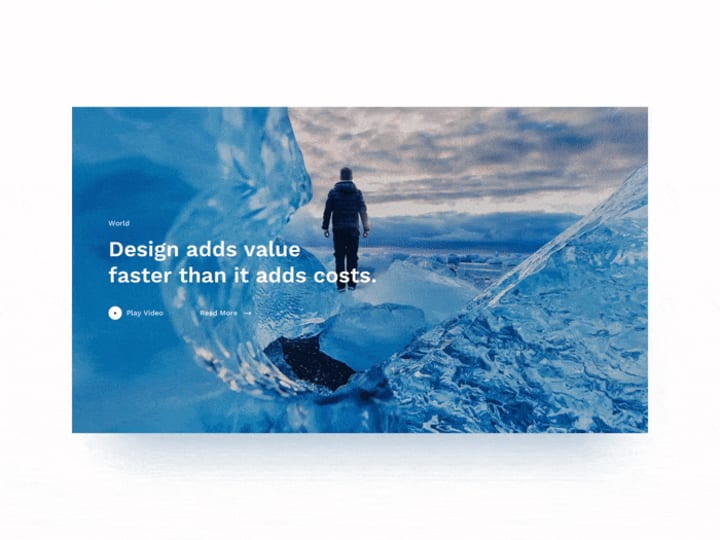
RADARIO — HOTEL SEARCH
👨🎨 Vadim Petrushker
👥 Radario

MOBILE APP — MONEYBOX
👨🎨 Outcrowd

CAMSHARE UI KIT I
👨🎨 Anton Tkachev
👥 UI8

CAMSHARE UI KIT II
👨🎨 Anton Tkachev
👥 UI8

NIGHTINGALE (LIVE)
👨🎨 Nathan Riley
👥 green chameleon

SKYCASH ANIMATION
👨🎨 Joanna Charczuk
👥 ETHWORKS
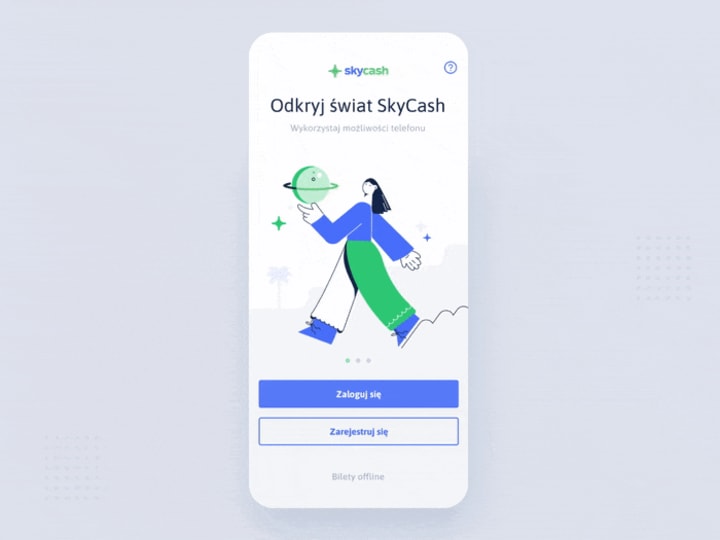
WEB TESTING TOOL MOBILE INTERACTIONS
👨🎨 Arek Borysiuk
👥 EL Passion
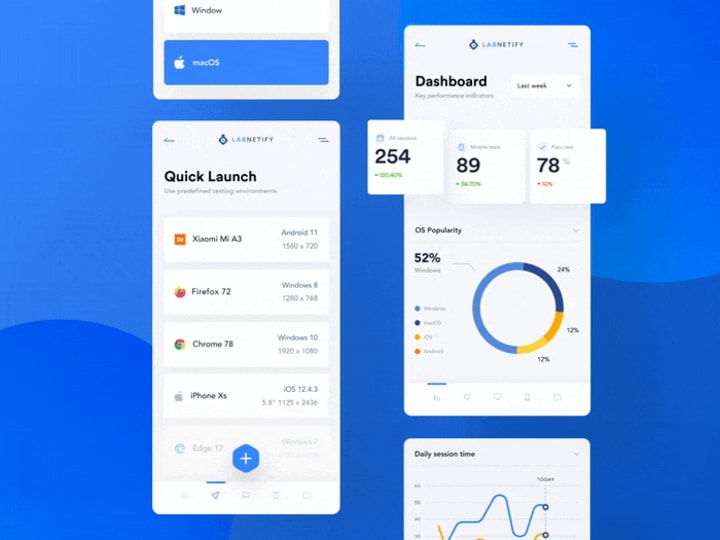
COMPOUND PROPOSAL
👨🎨 David Felipe V
👥 Hiwow

APP FOR GALAXY 2
👨🎨 afroman
👥 RaDesign

thanks for reading
what is UI
User experience design (UXD, UED, or XD) is the process of supporting user behavior[1] through usability, usefulness, and desirability provided in the interaction with a product.[2] User experience design encompasses traditional human–computer interaction (HCI) design and extends it by addressing all aspects of a product or service as perceived by users. Experience design (XD) is the practice of designing products, processes, services, events, omnichannel journeys, and environments with a focus placed on the quality of the user experience and culturally relevant solutions.[3] Experience design is not driven by a single design discipline. Instead, it requires a cross-discipline perspective that considers multiple aspects of the brand/ business/ environment/ experience from product, packaging, and retail environment to the clothing and attitude of employees. Experience design seeks to develop the experience of a product, service, or event along any or all of the following dimensions:[4]
Duration (initiation, immersion, conclusion, and continuation)
Intensity (reflex, habit, engagement)
Breadth (products, services, brands, nomenclatures, channels/environment/promotion, and price)
Interaction (passive ↔ active ↔ interactive)
Triggers (all human senses, concepts, and symbols)
Significance (meaning, status, emotion, price, and function)
History
The field of user experience design is a conceptual design discipline and has its roots in human factors and ergonomics, a field that, since the late 1940s, has focused on the interaction between human users, machines, and the contextual environments to design systems that address the user's experience.[5][6] With the proliferation of workplace computers in the early 1990s, user experience started to become a positive insight for designers. Donald Norman, a professor and researcher in design, usability, and cognitive science, coined the term "user experience," and brought it to a wider audience.[7][8]
I invented the term because I thought human interface and usability were extremely good. I wanted to cover all aspects of the person's experience with the system including industrial design graphics, the interface, the physical interaction and the manual. Since then the term has spread widely, so much so that it is starting to gain its meaning.
— Donald Norman[9]
There is an enable all access occurring in the experience design community regarding its business view all access in part by design scholar and practitioner, Don Norman. Norman claims that when designers describe people only as customers, consumers, and users, designers allowing their ability to do good design.[10]Elements
Research
Research is critical to UX.[11] User experience design draws from design approaches like human-computer interaction and user-centered design, and includes elements from similar disciplines like interaction design, visual design, information architecture, user research, and others.
The second part of the research is understanding the end-user and the purpose of the application. Though this might seem clear to the designer, stepping back and empathizing with the user will yield the best results.
Visual design
Visual design, also commonly known as graphic design, user interface design, communication design, and visual communication, represents the aesthetics or look-and-feel of the front end of any user interface. Graphic treatment of interface elements is often perceived as the visual design. The purpose of visual design is to use visual elements like colors, images, and symbols to convey a message to its audience. Fundamentals of Gestalt psychology and visual perception give a cognitive perspective on how to create effective visual communication.[12]
Information architecture
Main article: Information architecture
Information architecture is the art and science of structuring and organizing the information in products and services to support usability and findability.[13]
In the context of information architecture, information is separate from both knowledge and data, and lies nebulously between them. It is information about objects.[14] The objects can range from websites, to software applications, to images et al. It is also concerned with metadata: terms used to describe and represent content objects such as documents, people, process, and organizations. Information architecture also encompasses how the pages and navigation are structured.[15]
Interaction design
Main article: Interaction design
It is well recognized that the component of interaction design is an essential part of user experience (UX) design, centering on the interaction between users and products.[16] The goal of interaction design is to create a product that produces an efficient and delightful end-user experience by enabling users to achieve their objectives in the best way possible[17][18]
The current high emphasis on user-centered design and the strong focus on enhancing user experience have made interaction designers critical in conceptualizing products to match user expectations and meet the standards of the latest UI patterns and components.[19]
In the last few years, the role of interaction designer has shifted from being just focused on specifying UI components and communicating them to the engineers to a situation in which designers have more freedom to design contextual interfaces based on helping meet the user's needs.[20] Therefore, User Experience Design evolved into a multidisciplinary design branch that involves multiple technical aspects from motion graphics design and animation to programming.
Usability
Main article: Usability
Usability is the extent to which a product can be used by specified users to achieve specified goals with effectiveness, efficiency and satisfaction in a specified context of use.[21]
Usability is attached to all tools used by humans and is extended to both digital and non-digital devices. Thus, it is a subset of user experience but not wholly contained. The section of usability that intersects with user experience design is related to humans' ability to use a system or application. Good usability is essential to positive user experience but does not alone guarantee it.[22]
Accessibility
Main article: Accessibility
Accessibility of a system describes its ease of reach, use, and understanding. In terms of user experience design, it can also be related to the overall comprehensibility of the information and features. It helps shorten the learning curve associated with the system. Accessibility in many contexts can be related to the ease of use for people with disabilities and comes under usability.[23]
WCAG compliance
Main article: Web Content Accessibility Guidelines
Web Content Accessibility Guidelines (WCAG) 2.0 covers a wide range of recommendations for making Web content more accessible. This makes web content more usable to users in general.[24] Making content more usable and readily accessible to all types of users enhances a user's overall user experience.
Human–computer interaction
Main article: Human–computer interaction
Human–computer interaction is concerned with the design, evaluation and implementation of interactive computing systems for human use and with the study of major phenomena surrounding them.[25]
Getting ready to design
After research, the designer uses the modeling of the users and their environments. User modeling or personas are composite archetypes based on behavior patterns uncovered during research. Personas provide designers a precise way of thinking and communicating about how groups of users behave, how they think, what they want to accomplish and why.[26] Once created, personas help the designer to understand the users' goals in specific contexts, which is particularly useful during ideation and for validating design concepts. Other types of models include workflow models, artifact models, and physical models.
Design
When the designer has a firm grasp on the user's needs and goals, they begin to sketch out the interaction framework (also known as wireframes). This stage defines the high-level structure of screen layouts, as well as the product's flow, behavior, and organization. There are many kinds of materials that can be involved during this iterative phase, from whiteboards to paper prototypes. As the interaction framework establishes an overall structure for product behavior, a parallel process focused on the visual and industrial designs. The visual design framework defines the experience attributes, visual language, and the visual style.[27]
Once a solid and stable framework is established, wireframes are translated from sketched storyboards to full-resolution screens that depict the user interface at the pixel level. At this point, it's critical for the programming team to collaborate closely with the designer. Their input is necessary to create a finished design that can and will be built while remaining true to the concept.[citation needed]
Test and iterate
Usability testing is carried out by giving users various tasks to perform on the prototypes. Any issues or problems faced by the users are collected as field notes and these notes are used to make changes in the design and reiterate the testing phase.[28] Usability testing is, at its core, a means to "evaluate, not create".[29]
About the Creator
ravifcboult
Writer. Model.




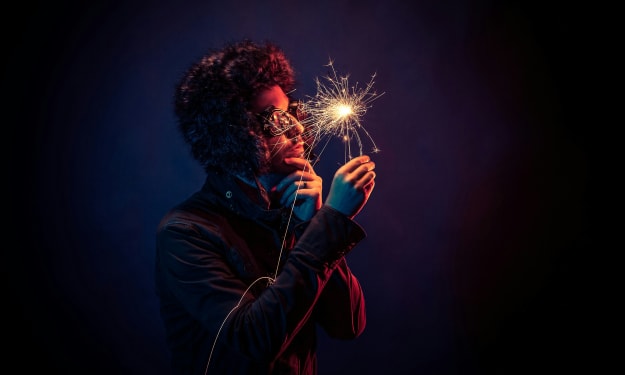

Comments
There are no comments for this story
Be the first to respond and start the conversation.